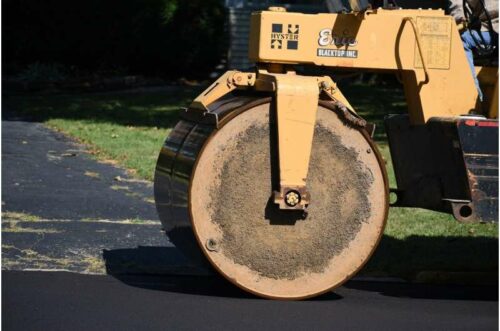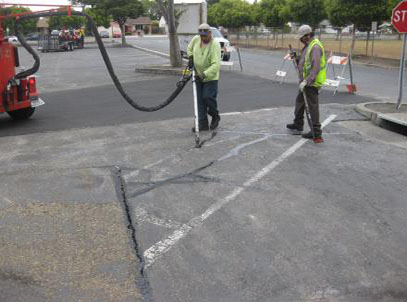Machine Learning For LongLasting And PotholeFree Roads
Sydney researchers have developed a unique 'smart compaction' technology applied to road rollers to monitor the quality of road bed compaction in real time.

Poorly constructed roads cause potholes and subsidence, creating many accident risks. Even after routine maintenance, road conditions have not changed and huge potholes are created during the rainy season. Better road construction can reduce potholes and maintenance costs and make roads safer and therefore more resilient. A research group at the Sydney University of Technology has designed a new "smart compaction" technology, a model that can be integrated into a road roller and assess the quality of road bed compaction in real time.
Innovative machine learning techniques process data from sensors attached to construction rolls. "We have developed a sophisticated computer model that combines machine learning and big data from the construction site to predict the stiffness of compacted soil with high split-second accuracy so that roller operators can make adjustments," said Associate Professor Behzad. Fatahi, who led the research, together with prof. Hadi Kabbaz, Dr. Di Wu and Zhengheng Xu's doctoral student.
The adopted machine learning method combining Gaussian kernel and generalized Gegenbauer kernel functions can reasonably predict the modulus of soil layer under roller compaction. The researchers conducted further analysis to determine the appropriate training size and number of iterations to be used by field engineers for real-time quality control.
"As with Goldilocks, compaction must be 'precise' to provide sufficient structural integrity and strength. Over-compaction can damage the material and change its composition, while under-compaction can lead to an uneven finish," said Prof. Fatahi associate said. “A well-compacted plywood base provides a stable foundation and improves the road's ability to carry heavy loads. Trucks can weigh up to 40 tonnes, so a poor quality base can quickly create cracks and weak spots in the asphalt surface."
This research can help build durable roads that can withstand harsh weather conditions.
Click here to view published research articles



0 Comments:
Post a Comment
Subscribe to Post Comments [Atom]
<< Home